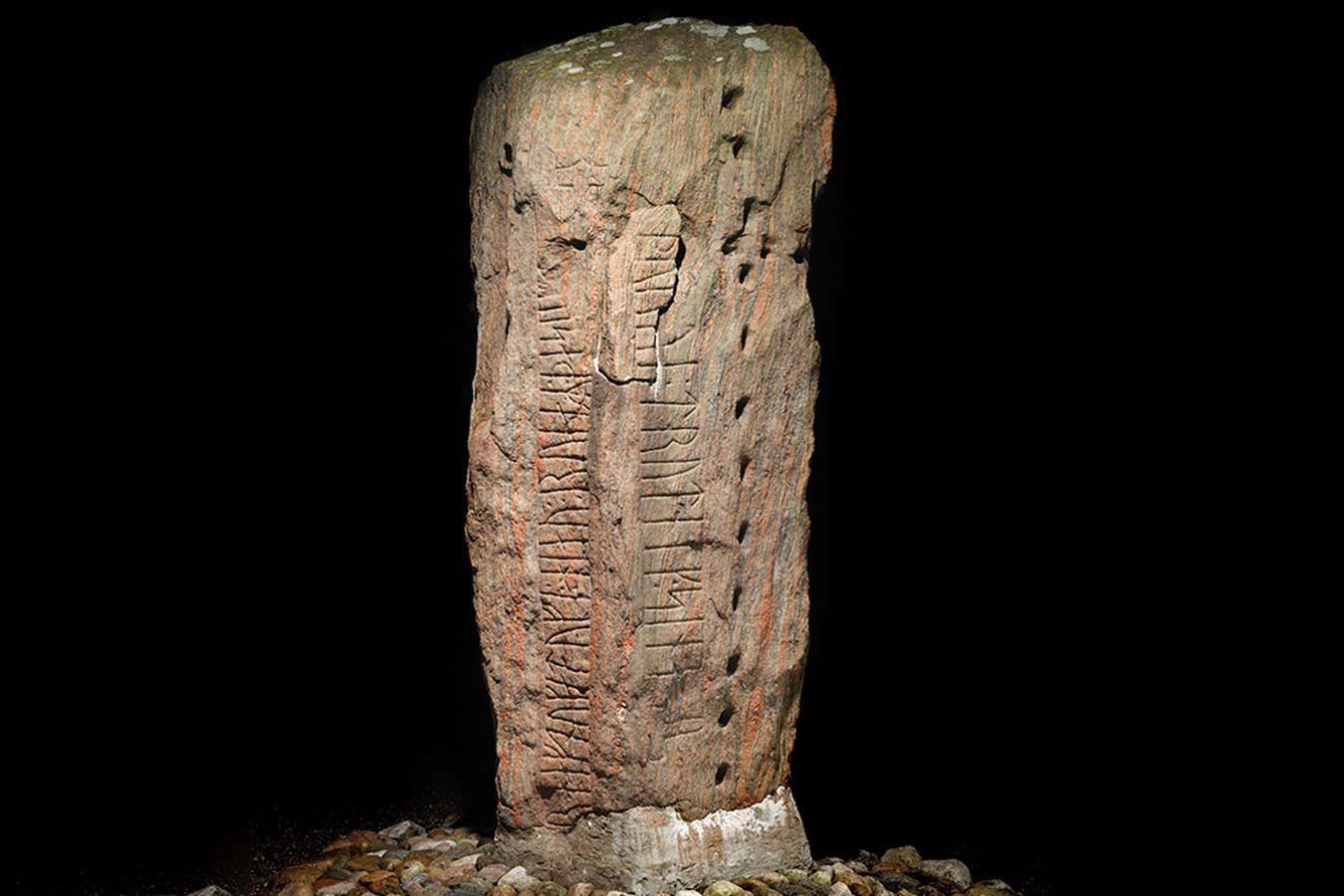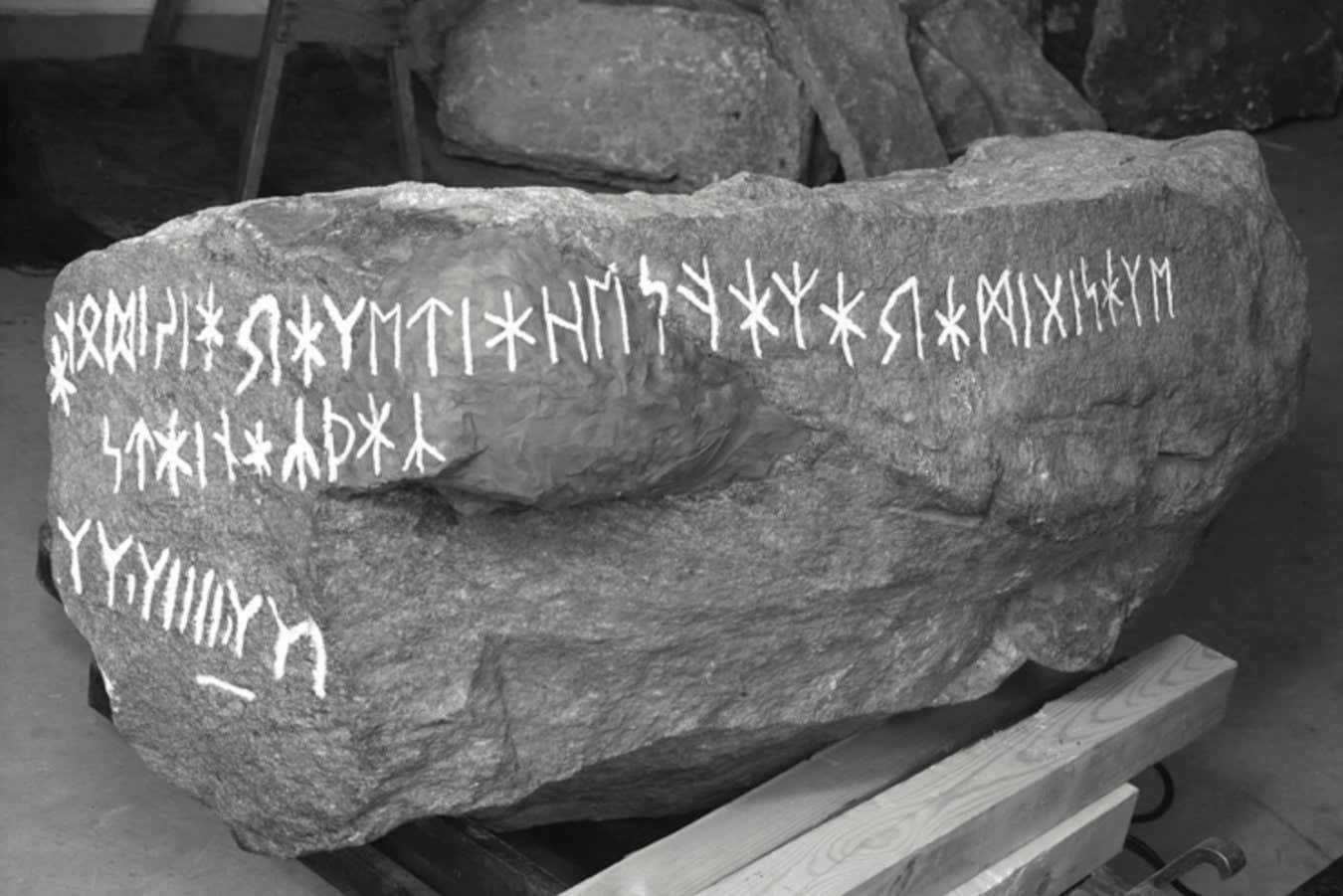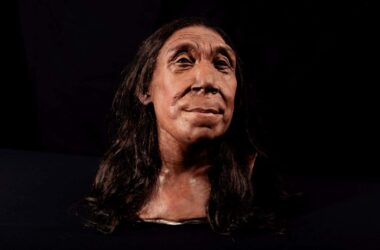A queen named Thyra from the Viking era may have played a significant role in the founding of modern-day Denmark. Numerous commemorative “runestones” mention her by name, suggesting her importance as a central figure.
The Viking Age in Denmark lasted from around AD 800 to 1050. One of the key figures during this time was King Harald “Bluetooth”, who reigned from about AD 958 until his death in 987. Harald’s parents were King Gorm, who came to power around 936, and Queen Thyra.
Under the rule of Gorm and Thyra, Denmark became a unified state, having previously been divided into smaller kingdoms or territories. However, very little is known about Gorm and Thyra due to the lack of written sources.
Lisbeth Imer, a researcher at the National Museum of Denmark, suspected that Thyra held significant power and influence. In Viking-era Denmark, powerful individuals were often commemorated with runestones, which were tall slabs of granite engraved with runes. Four runestones from the mid-900s mention the name “Thyra.” Two of these runestones were erected in Jelling, where the monarchs lived, by Gorm and Harald. The other two runestones, known as the Læborg and Bække 1 runestones, were found elsewhere and are believed to have been carved by an unknown craftsman named Ravnunge-Tue.
To determine if all the runestones referred to the same Thyra, Imer and her colleagues examined the engraving methods, sizes, and shapes of the runes. Although one of the Jelling runestones was too poorly preserved to provide reliable results, the other Jelling runestone showed a similar engraving style to the Læborg runestone. This suggests that Thyra was honored not only by her immediate family but also by others across the country.
According to Imer, Thyra’s position may not have been unique in Norse societies. Elite women likely held significant power, as evidenced by discoveries such as the Oseberg burial mound in Norway, which contained the bodies of two women who held high positions in the community.








